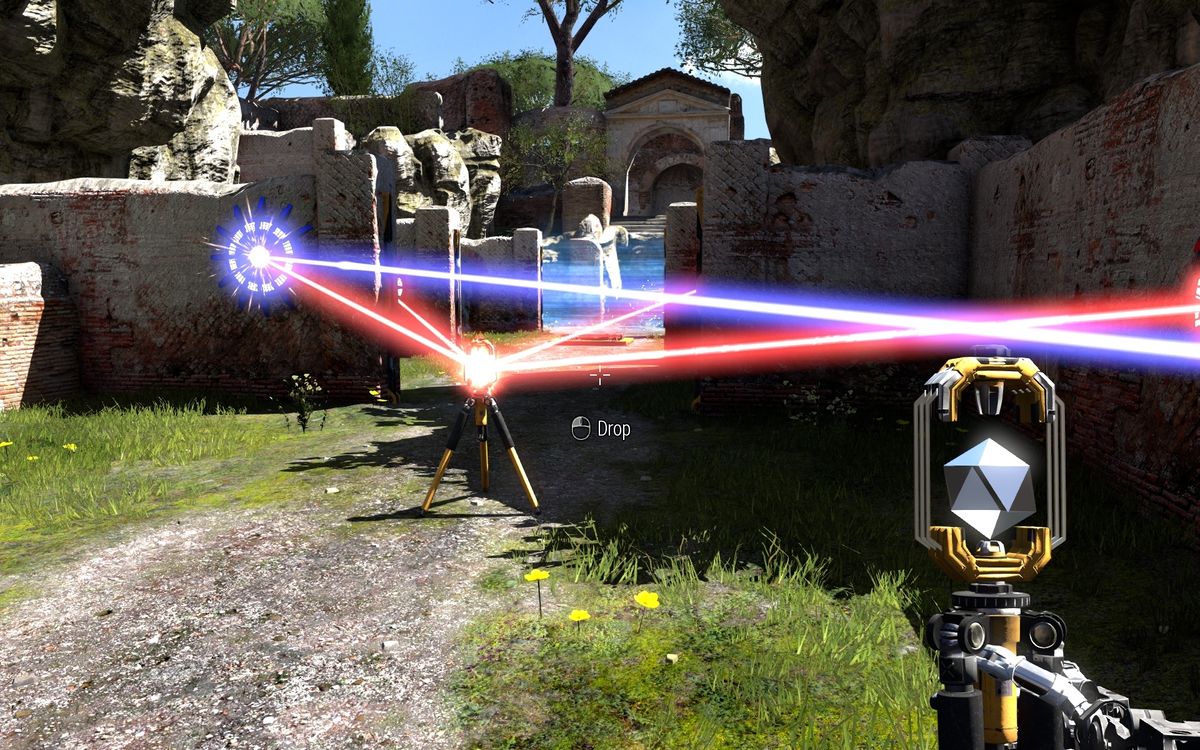

While there was some catharsis in freeing the androids through sheer determination, it got so difficult that the puzzles started to get in the way of my enjoyment of the game. The developers definitely anticipated that and usually give you a way to escape or you can use the “X” key to reset the puzzle. The tool often leads to you becoming trapped behind barriers. Recording time allows you to create mirror versions of your tools that you can leave in place with your recorded self while you actual self is able to move around your actual tools to help complete the puzzle.Īnd if that sentence was as confusing to you as it is to me then you can probably guess how difficult it is to actually use it. They even make fun of the original game’s lofty narrator saying that he was annoying. The characters all have different personalities and even comment on the first game’s lack of companionship saying that Gehenna is way better that Elohim’s original world. This updates your e-bulletin with new information that sometimes includes upgrades to your admin privileges letting you access new files or play new text-based adventure.įor me, the reading in the game was probably its most interesting part. Some of these stars are actually hidden in the areas outside of the puzzles too with one, for instance, being suspended high above a river.Īfter you complete a puzzle, the android escapes from its cage and is sent back to the game’s hub world. These out-of-the-box methods of completing puzzles are sometimes rewarded with collectible stars that come into place near to the end of the DLC. I stuck a create in front of the orb, which successfully stopped it from moving, but again it felt like that wasn’t the intended solution. Puzzles still dot the four different zones that the player can traverse, but the group there has also created a separate reality within an intranet created using computer terminals. In this place, a number of its moderators have turned what was once a prison into a home. The name is a reference to a town outside of ancient Jerusalem known as The Valley of the Son of Hinnom, which follows in tone with the first game’s themes. The place has been dubbed Gehenna by the administrator who created it.


ScreenshotĪfter the events of the first game, Uriel, the game’s protagonist android, is being sent to free a group of trapped souls who are stuck in a kind of sub-program limbo. Road to Gehenna follows the same path, giving players hefty puzzles to complete and an interesting story to boot. The original Talos Principle was met with very favourable reviews with players saying that it was a thinking person’s kind of game that combined complex puzzles with a deep, philosophical narrative. This advertisement has not loaded yet, but your article continues below.


 0 kommentar(er)
0 kommentar(er)
